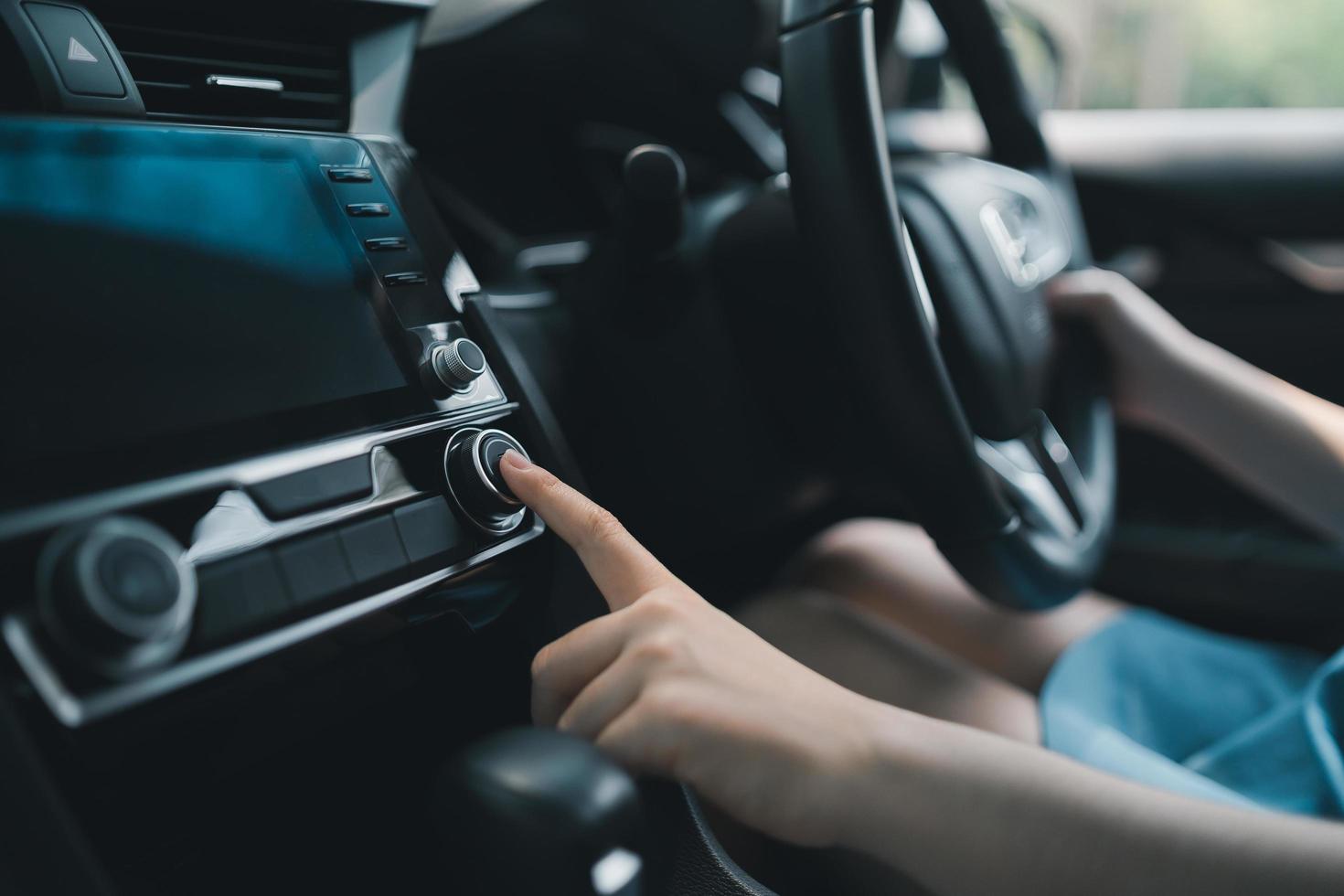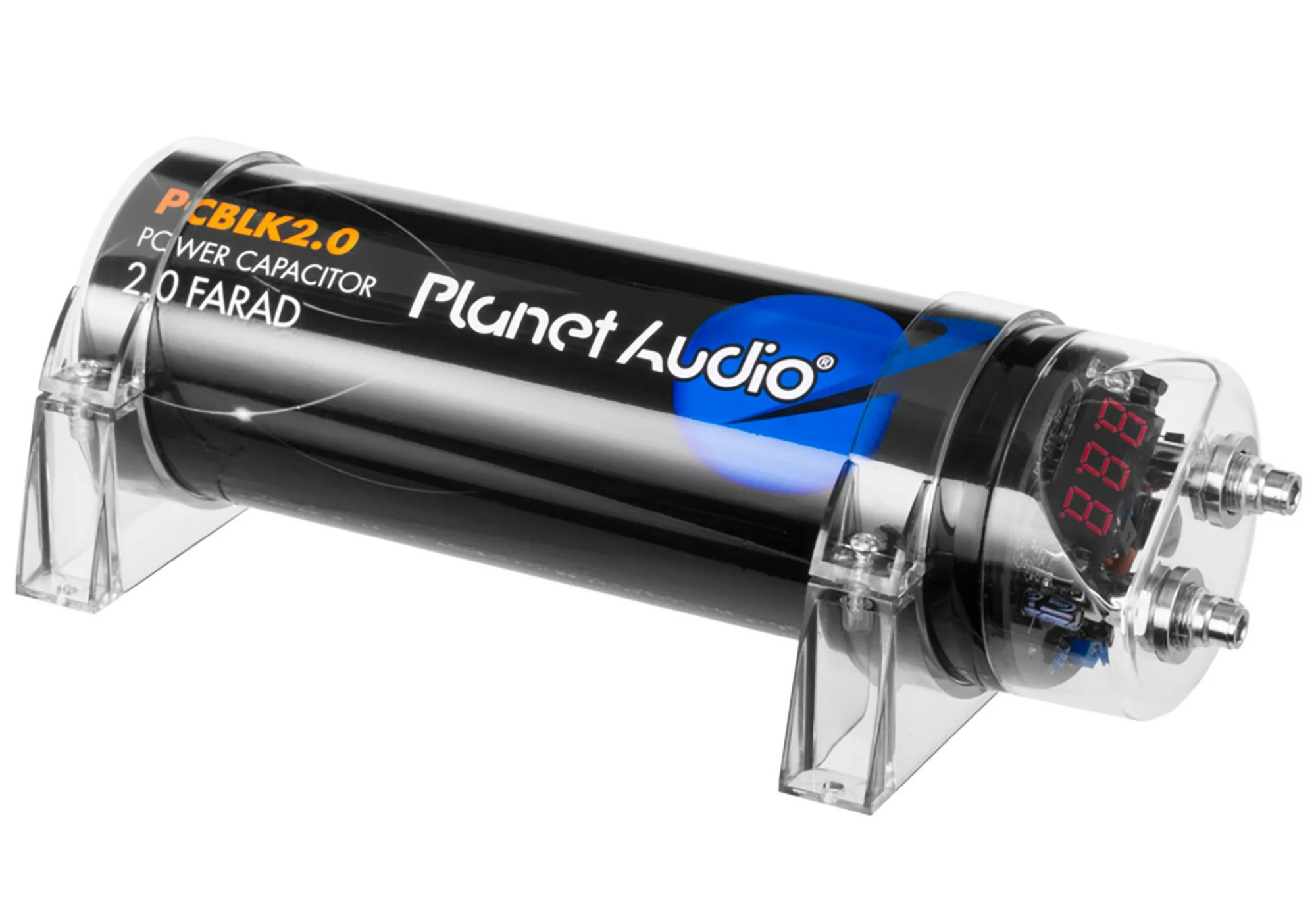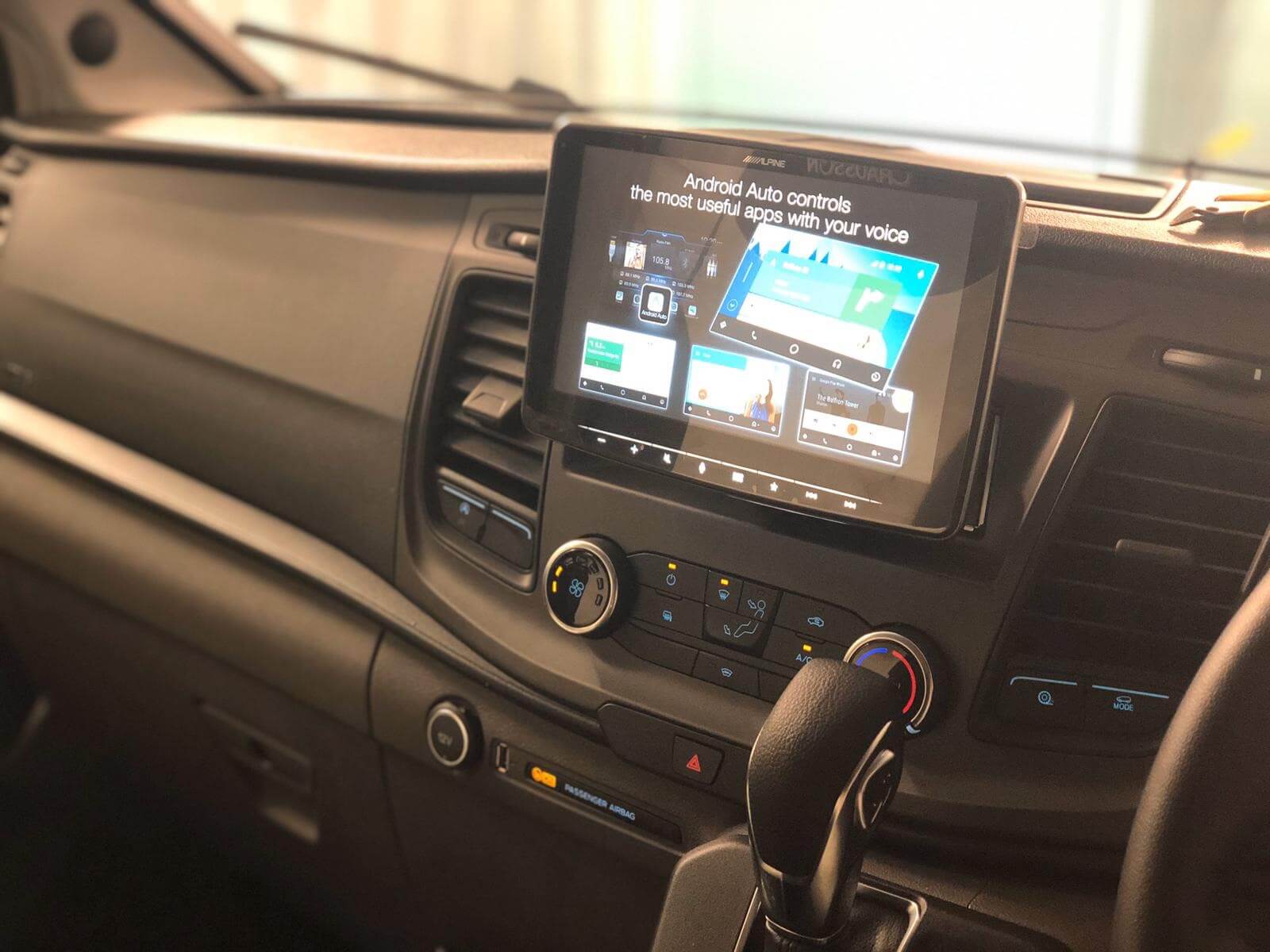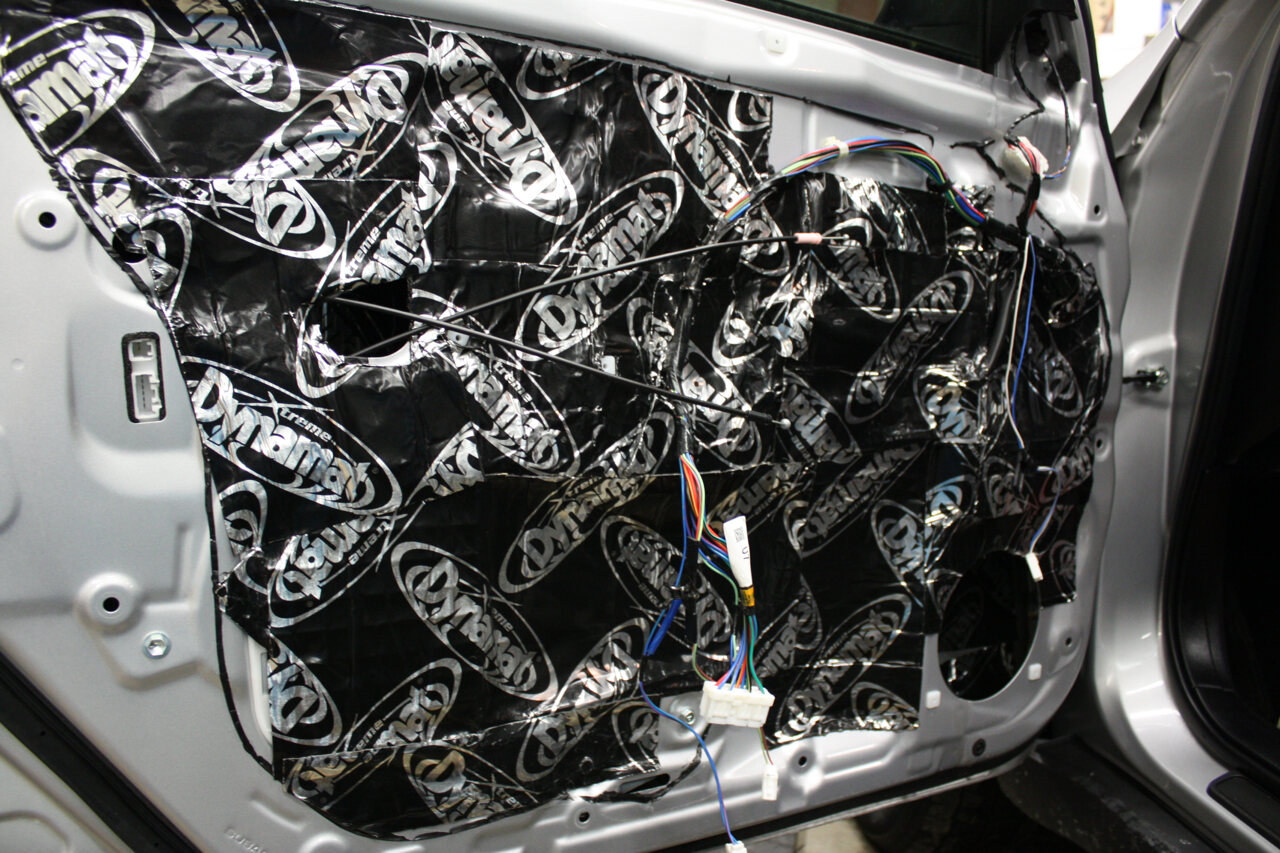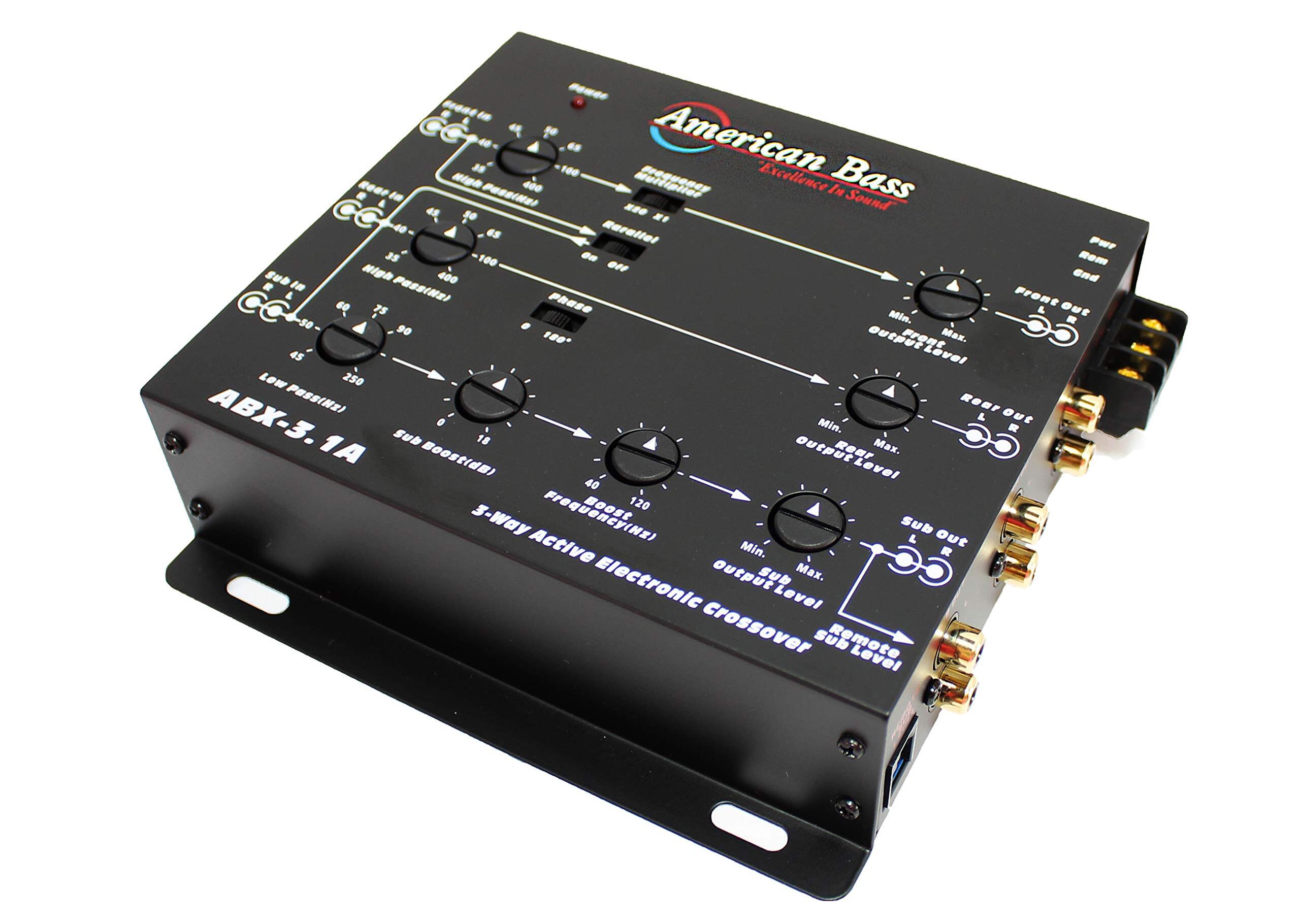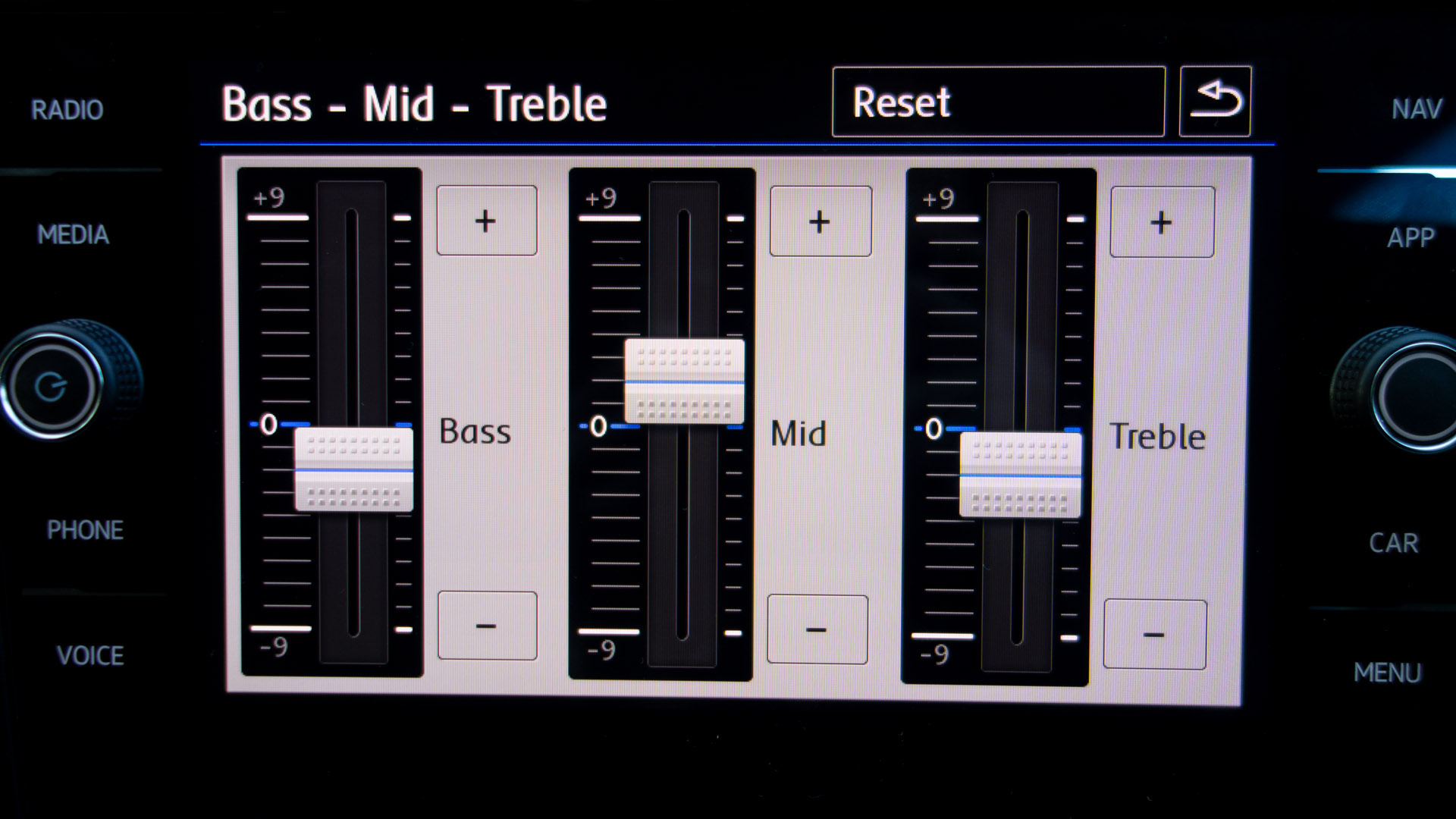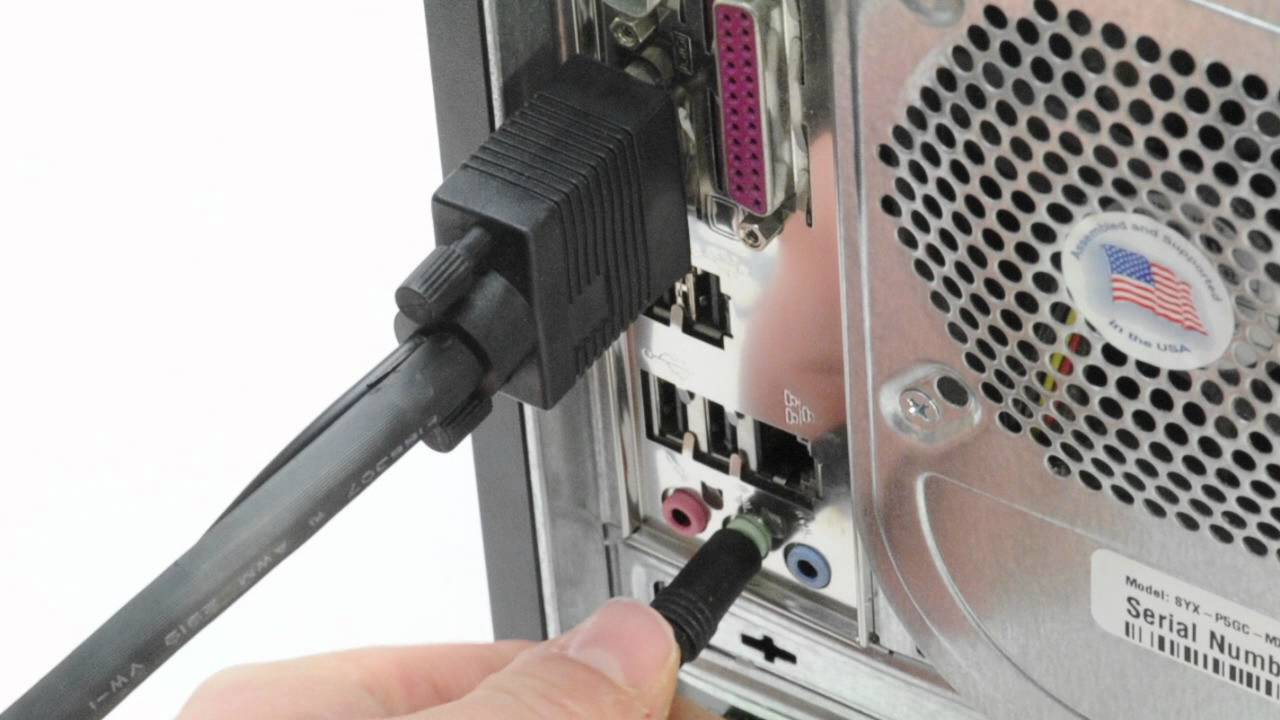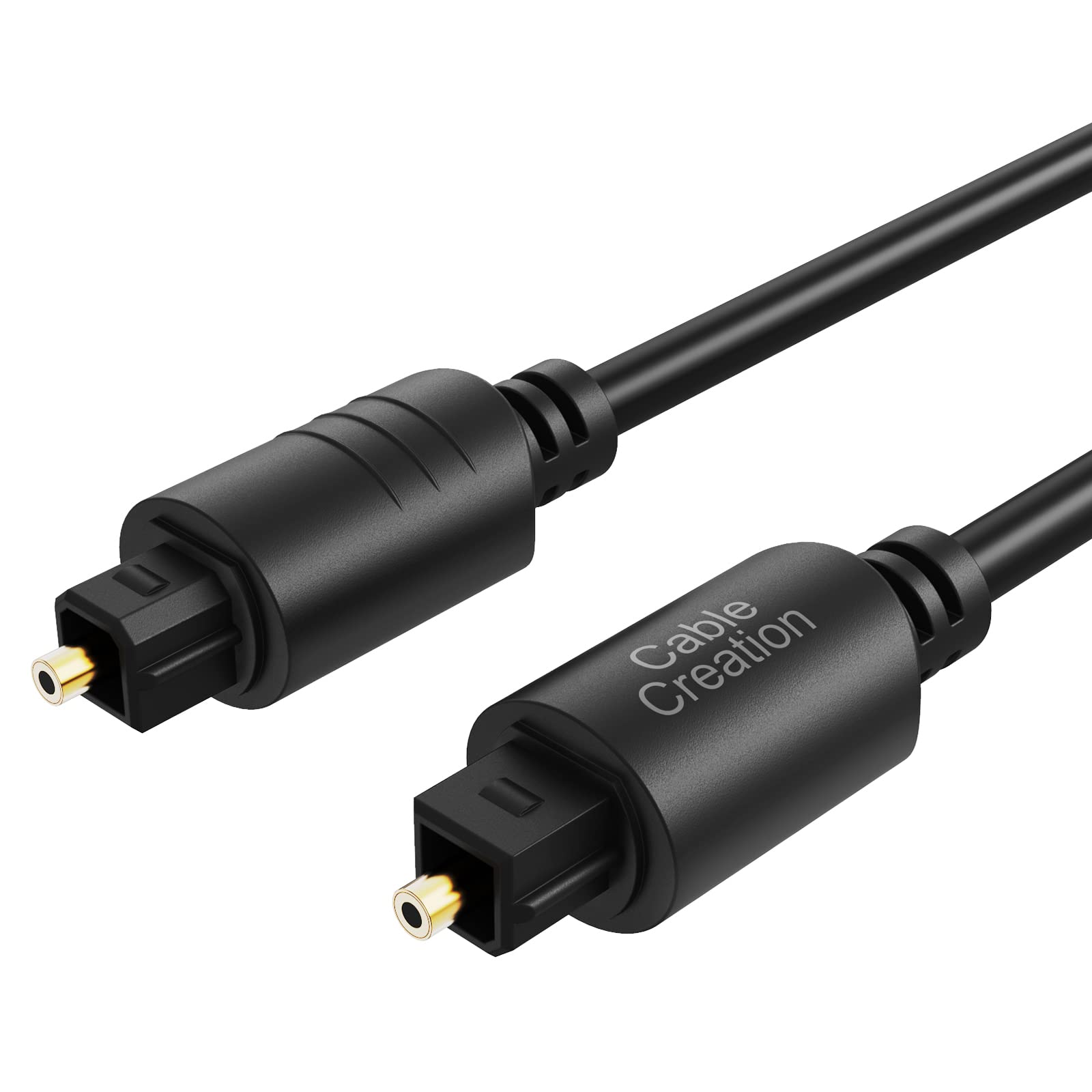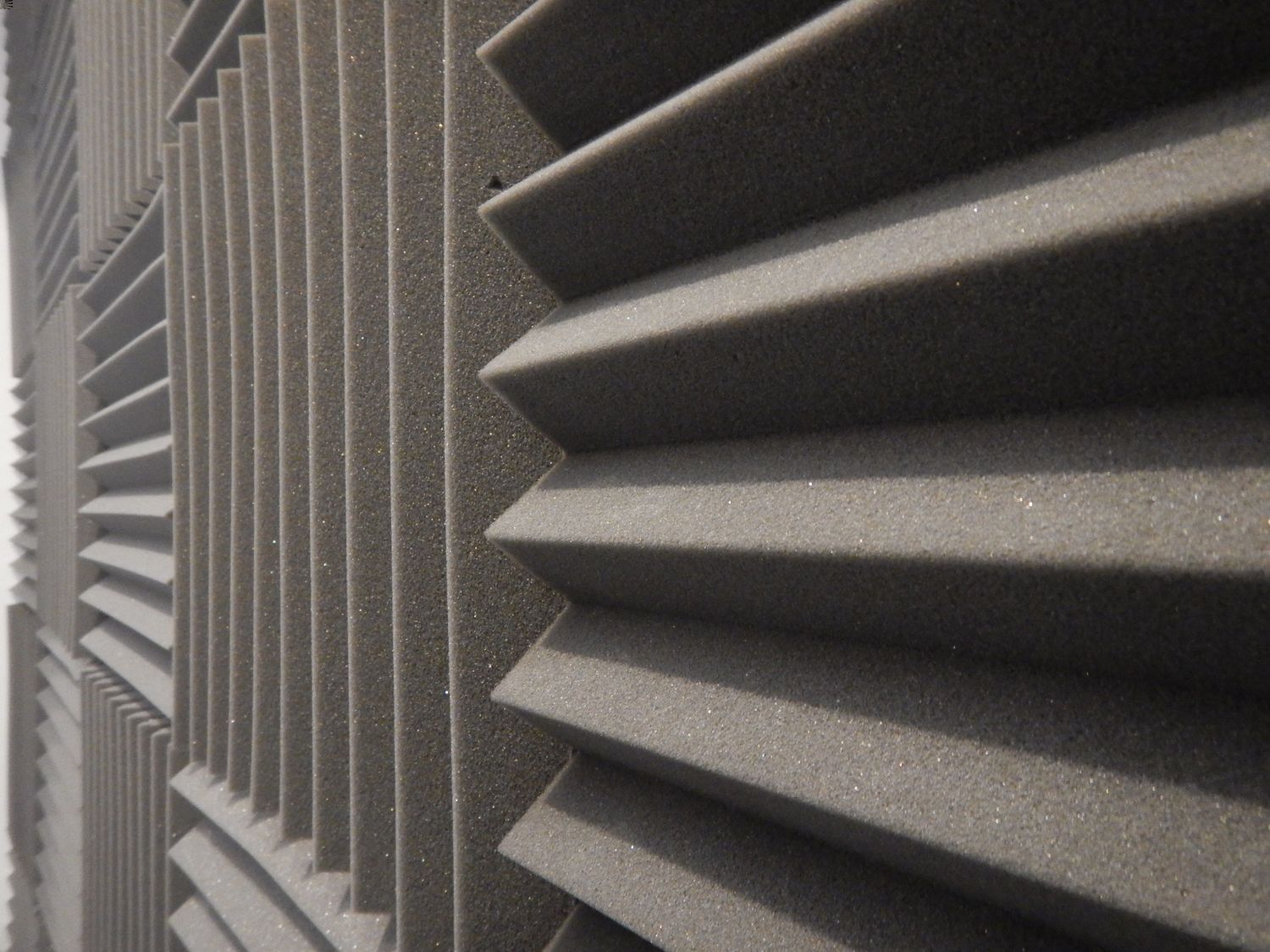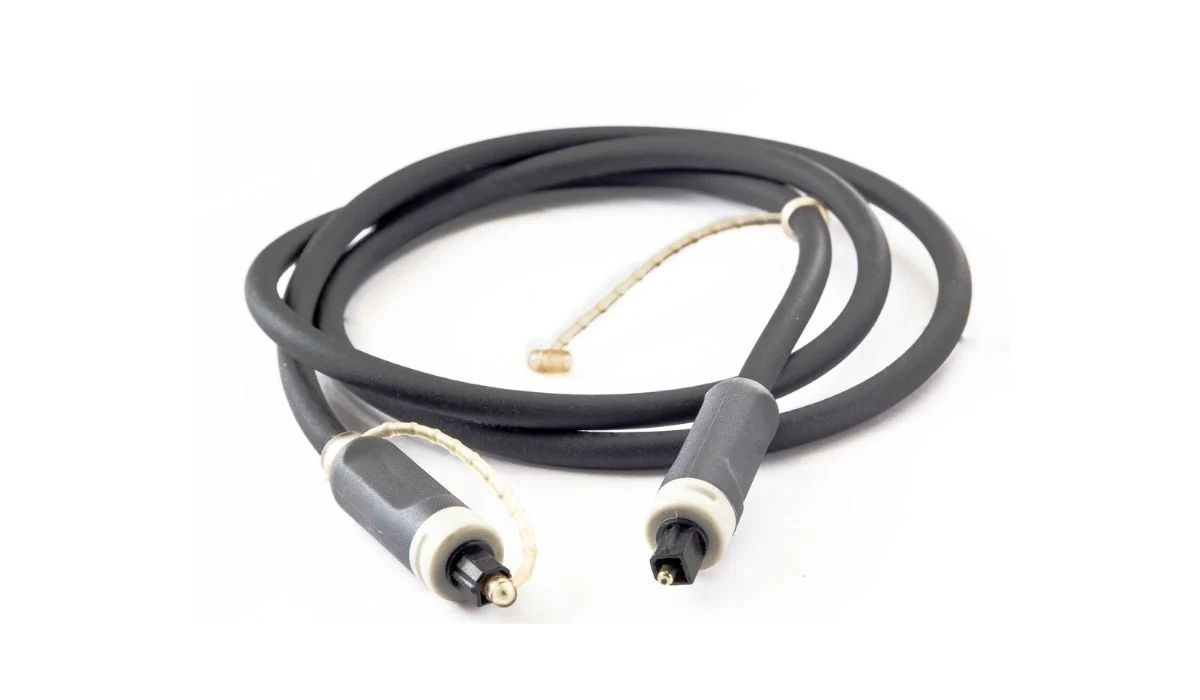Home>Production & Technology>Audio Cable>How Does An Audio Cable Work In The Car?
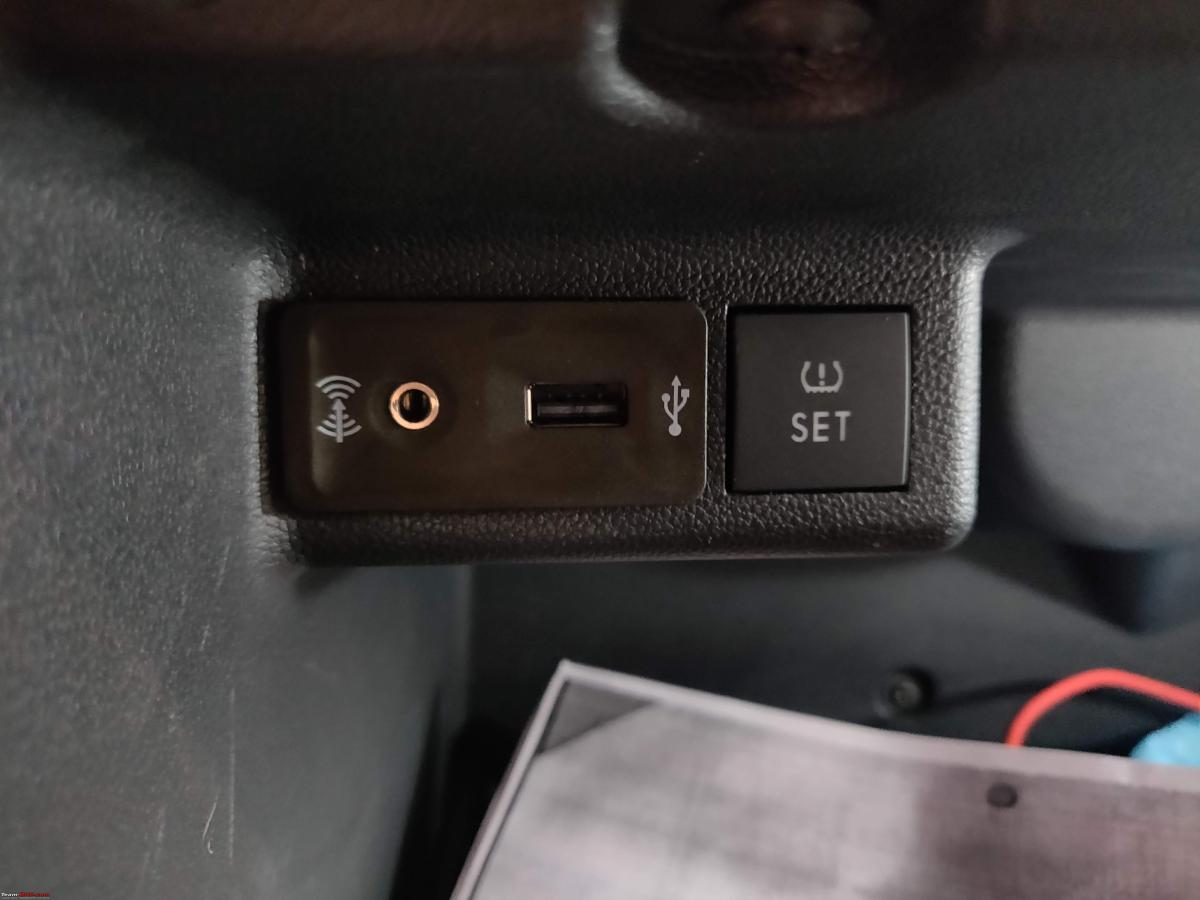

Audio Cable
How Does An Audio Cable Work In The Car?
Modified: January 22, 2024
Learn how an audio cable works in your car and enhances your music experience. Find out the benefits and functionality of an audio cable for optimal sound quality.
(Many of the links in this article redirect to a specific reviewed product. Your purchase of these products through affiliate links helps to generate commission for AudioLover.com, at no extra cost. Learn more)
Table of Contents
Introduction
Welcome to the world of audio cables, where the connection between your car’s audio system and speakers can make all the difference in your listening experience. Whether you’re jamming to your favorite tunes during a long road trip or enjoying a podcast on your daily commute, audio cables play a crucial role in delivering high-quality sound.
Audio cables serve as the bridge between your car’s audio source, such as a radio or media player, and the speakers. They transmit electrical signals, allowing the audio to be amplified and played through the speakers, creating an immersive auditory experience.
Understanding how audio cables work in a car is essential for both car enthusiasts and everyday drivers who want to optimize their audio setup. In this article, we will delve into the basics of audio cables, the different types commonly used in cars, and how they transmit signals. We will also explore the factors that can affect audio cable performance in a car, as well as provide troubleshooting tips for common issues.
So prepare to dive into the world of audio cables and discover all you need to know about how they work in your car. Whether you’re a music lover or simply appreciate high-quality sound, this article will equip you with the knowledge you need to enhance your audio experience on the road.
The Basics of Audio Cables
Audio cables are essential components in any audio setup, including those in cars. They are responsible for transferring electrical signals from the audio source to the speakers, ensuring the sound is amplified and delivered in the highest quality possible.
There are various types of audio cables available, but they all work on the same basic principle. At their core, audio cables consist of two conductors that carry the electrical signal: the positive (or “hot”) conductor and the negative (or “ground”) conductor. These conductors are typically made of copper or another conductive material.
An important concept to understand when it comes to audio cables is impedance. Impedance refers to the resistance that the cable presents to the electrical signal passing through it. It is measured in ohms and can have a significant impact on the audio quality. Matching the impedance of the cable to the audio source and speakers is crucial for optimal performance.
Another key aspect to consider is the gauge or thickness of the cable. The gauge determines the amount of electrical current the cable can handle. Thicker cables generally have lower resistance and can handle higher currents, resulting in better performance and lower signal loss. However, it’s important to ensure that the cable is compatible with the audio system and devices.
In addition to the basic structure, audio cables may also feature shielding. This shielding helps to protect the audio signal from external interference, such as electromagnetic interference (EMI) or radio-frequency interference (RFI). Shielding can come in the form of foil, braid, or a combination of both.
When selecting audio cables for your car, it’s important to consider the specific requirements of your audio system, the intended use, and your personal preferences. Understanding the basics of audio cables will help you make informed decisions and optimize your audio setup for the best possible sound.
Types of Audio Cables Used in Cars
There are several types of audio cables commonly used in car audio systems, each with its own unique characteristics and purpose. Understanding these different types will allow you to choose the right cables for your car audio setup.
- RCA Cables: RCA (Radio Corporation of America) cables are widely used in car audio systems. They are recognizable by their distinctive red and white (or sometimes red and black) connectors. RCA cables are primarily used for transmitting analog audio signals. They are commonly used to connect audio sources, such as the car’s head unit or external devices like CD players or amplifiers, to the speakers or amplifiers.
- Auxiliary Cables: Auxiliary cables, also known as AUX cables or stereo cables, are another popular option for connecting audio devices in cars. These cables feature a 3.5mm jack on both ends, allowing you to connect devices with headphone outputs, such as smartphones, MP3 players, or portable media players, to the car’s audio system. Auxiliary cables are commonly used for playing audio from external devices through the car speakers.
- Bluetooth Audio Adapters: Bluetooth audio adapters provide a wireless connection between your car’s audio system and various Bluetooth-enabled devices. These adapters are particularly handy for cars that do not have built-in Bluetooth capabilities. They allow you to stream music wirelessly from your smartphone, tablet, or other Bluetooth devices directly to your car’s audio system.
- Speaker Wire: Speaker wire, although not technically a cable, is an integral part of any car audio system. It is used to connect the audio amplifier to the speakers. Speaker wires are typically made of copper or copper-clad aluminum to ensure optimal conductivity. They come in different gauges, with thicker wires providing better performance for long cable runs or higher-powered systems.
Each type of audio cable serves a specific purpose and offers different features and benefits. Consider the requirements of your car audio system and the devices you plan to connect when choosing the appropriate audio cables for your setup.
Understanding the Components of an Audio Cable
An audio cable may seem like a simple piece of equipment, but it consists of several crucial components that work together to transmit sound signals accurately and efficiently. By understanding these components, you can gain a deeper appreciation for how audio cables function.
1. Conductors: The conductors are the wires inside the cable that carry the electrical signals. In an audio cable, you will typically find two conductors – the positive (hot) conductor and the negative (ground) conductor. These conductors are usually made of copper or another conductive material.
2. Insulation: Insulation is a protective layer that surrounds each individual conductor to prevent them from coming into contact with each other or with the cable’s external components. It helps ensure the integrity and quality of the electrical signals by minimizing interference or signal loss.
3. Shielding: Shielding serves as a barrier between the conductors and external electromagnetic interference (EMI) or radio-frequency interference (RFI). It consists of a conductive material, such as foil or braided wire, that surrounds the insulated conductors, effectively reducing the impact of external interference on the audio signal.
4. Connectors: Connectors are the plugs or jacks that attach to the ends of the audio cable. They come in various shapes and sizes, depending on the type of cable and the devices it connects. Common connector types include RCA, 3.5mm jack, XLR, and banana plugs. The connectors ensure a secure and reliable connection between the audio source, the cable, and the receiving device.
5. Terminals: Terminals are the points of connection where the conductors are securely attached to the connectors. They can be soldered, crimped, or screwed, depending on the type of cable and connector design. Properly terminated cables are crucial for ensuring optimal signal transmission and longevity.
By understanding the various components of an audio cable, you can make informed decisions about the type and quality of cable that best suits your audio needs. These components work together to preserve the integrity of your audio signals and deliver a clear, high-quality listening experience.
How Audio Cables Transmit Signals in a Car
Audio cables play a crucial role in transmitting signals from the audio source to the speakers in your car. Understanding how these cables work to transport the sound signals can give you a better appreciation for the technology behind high-quality audio in your vehicle.
When you play music or any audio content on the source device in your car, such as the car radio or a media player, an electrical signal is generated. This signal consists of variations in voltage that represent the audio waveform.
The audio cable acts as a conduit for these electrical signals, carrying them from the audio source to the speakers. The conductors in the cable, typically the positive (hot) and negative (ground) conductors, transmit the electrical signals from one end of the cable to the other.
As the electrical signals travel through the cable, they encounter various factors that can affect their quality and integrity. These factors include resistance, capacitance, and inductance. Resistance refers to the opposition to the flow of electrical current, while capacitance and inductance affect how the signal is stored and released.
Impedance, which we mentioned earlier, plays a key role in signal transmission. Matching the impedance of the cable to the audio source and the speakers ensures efficient signal transfer and minimizes reflections or distortions that can degrade the audio quality.
Additionally, shielding in the cable helps protect the electrical signals from external interference, such as electromagnetic interference (EMI) or radio-frequency interference (RFI). The shielding acts as a barrier, reducing disturbances that can affect the clarity and fidelity of the audio signal.
Once the electrical signals reach the speakers, they are converted back into physical vibrations that create sound waves. The speakers contain electromagnets that move the diaphragm, producing sound waves that we can hear.
In summary, audio cables work by carrying electrical signals from the audio source to the speakers in your car. The conductors, impedance matching, and shielding all contribute to the successful transmission and preservation of the audio signals, resulting in clear and accurate sound reproduction.
Factors Affecting Audio Cable Performance in a Car
Several factors can impact the performance of audio cables in a car audio system. Understanding these factors will help you optimize your audio setup and ensure the best possible sound quality.
1. Cable Length: The length of the audio cable can influence its performance. Generally, shorter cables are preferred as they minimize signal loss and maintain better signal integrity. However, if longer cables are necessary, it’s important to consider using thicker gauge cables to compensate for potential signal degradation over longer distances.
2. Cable Quality: The quality of the audio cable plays a significant role in performance. Higher-quality cables typically feature better construction, superior materials, and improved shielding, resulting in reduced signal loss and enhanced audio fidelity. Investing in high-quality cables can have a noticeable impact on sound clarity and overall audio experience.
3. Interference: Interference from external sources, such as power cables or electronic devices, can affect audio cable performance. This interference can introduce noise or hum into the audio signal, leading to a diminished listening experience. Shielded cables and proper grounding techniques can help minimize the impact of interference and preserve signal quality.
4. Impedance Mismatch: Matching the impedance of the audio cable to the impedance of the audio source and the speakers is crucial for optimal performance. An impedance mismatch can cause reflections, distortions, or even damage to the audio equipment. Ensuring compatibility and impedance matching between components will help maintain accurate signal transmission and prevent signal degradation.
5. Connector Quality: The quality of the connectors used on the audio cables can affect performance. High-quality connectors provide a secure and reliable connection, minimizing signal loss or signal degradation. Loose or damaged connectors can introduce noise or result in intermittent connections, impacting sound quality.
6. Cable Routing: The way you route and position the audio cables in your car can affect their performance. Avoid running audio cables alongside power cables or other sources of interference. Additionally, ensure that cables are not excessively twisted or bent, as this can lead to signal degradation or cable damage.
By considering these factors and taking appropriate steps to address any potential issues, you can enhance the performance of your audio cables in your car audio system. This, in turn, will result in an improved listening experience with clear and accurate sound reproduction.
Troubleshooting Common Audio Cable Issues in a Car
While audio cables are generally reliable, there can be occasions when issues arise that affect the sound quality in your car audio system. Understanding common audio cable issues and how to troubleshoot them can help you identify and resolve these problems quickly.
1. Intermittent Sound: If you experience sound cutting in and out or intermittent audio, start by checking the cables and connectors for loose connections or damage. Ensure that the cables are securely plugged into the audio source and the speakers. If the issue persists, try swapping the cable with a known working one to determine if the problem lies with the cable itself.
2. No Sound: If you are not getting any sound from your car speakers, check for loose connections or damaged cables. Make sure that the audio source is properly set up and that the volume is turned up. Test the audio system with a different audio source or device to determine if the issue is with the cable or the audio source itself.
3. Distorted Sound: Distortion in the audio can be caused by impedance mismatches, loose connections, or damaged cables. Check the impedance compatibility between the audio source, the cables, and the speakers. Ensure that all connections are tight and secure. If the issue persists, try using a different set of cables or adjust the volume levels to alleviate the distortion.
4. Hum or Noise: If you hear a persistent hum or noise in the audio, it could be due to interference. Check for proper grounding of the audio system and ensure that the cables are not positioned near power cables or other sources of electromagnetic interference. You can also try using shielded cables or adding ferrite core filters to the cables to reduce the impact of interference.
5. Signal Loss: If you notice a significant drop in audio signal strength, check for loose connections or damaged cables. Ensure that the cables are securely plugged in and that the connectors are undamaged. If the issue persists, consider using higher-quality cables with better signal conductivity or shorter cable lengths to minimize signal loss.
It is also crucial to check the overall condition of the audio cables regularly. Look for signs of wear, such as frayed insulation or exposed wiring, and replace any cables that show signs of damage. Additionally, consider investing in high-quality cables from reputable brands to minimize the likelihood of encountering audio cable issues.
By troubleshooting these common audio cable issues and implementing the appropriate solutions, you can restore optimal sound quality and ensure an enjoyable audio experience in your car.
Conclusion
Audio cables are an integral part of any car audio system, connecting the audio source to the speakers and allowing us to enjoy our favorite music and audio content on the road. Understanding the basics of audio cables, the different types available, and how they transmit signals is essential for optimizing the performance of your car’s audio setup.
By considering factors such as cable length, quality, interference, impedance matching, and cable routing, you can ensure that your audio cables perform at their best. Troubleshooting common issues, such as intermittent sound, no sound, distorted sound, hum or noise, and signal loss, will help you identify and resolve any potential problems that may arise.
Investing in high-quality audio cables from reputable brands can make a noticeable difference in the sound quality and overall audio experience in your car. By choosing the right cables and maintaining them properly, you can enjoy clear, accurate, and immersive sound while driving.
Remember to regularly check and inspect your audio cables for any signs of wear or damage. Replacing cables when necessary and implementing best practices in cable routing and connection can help maintain optimal performance over time.
Whether you are a music lover, an audiophile, or simply enjoy a good audio experience while driving, understanding how audio cables work and how to make the most of them in your car will enhance your enjoyment of music, podcasts, and any audio content you choose to listen to on the go.
So, next time you hit the road, take a moment to appreciate the role of audio cables in delivering high-quality sound in your car. With the right cables and a well-maintained audio system, you can elevate your driving experience with immersive and crystal-clear audio.

